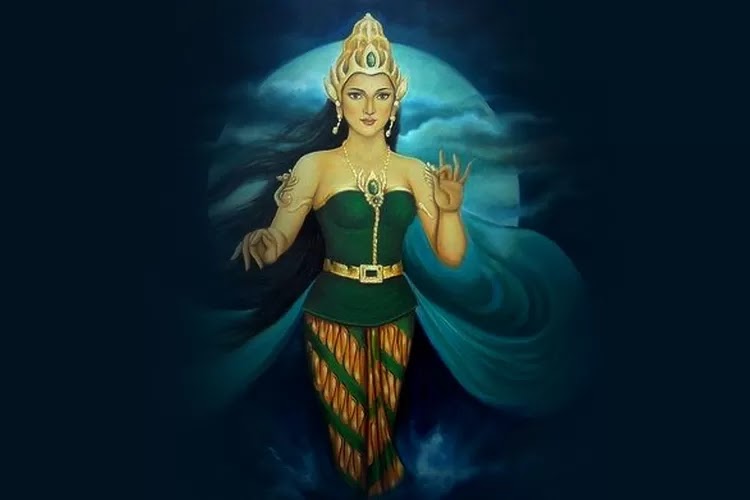Dalang: Masters of Indonesian Puppetry
Introduction: In the rich cultural tapestry of Indonesia, one art form that stands out is puppetry, and at the heart of this captivating tradition is the figure of the dalang. In this article, we will delve into the world of dalang, exploring their role, skills, and significance in Indonesian puppetry.
Definition of Dalang: The dalang is a puppeteer who brings the puppets to life through their skillful manipulation and storytelling. They are the central figure in traditional puppetry performances, such as wayang kulit (shadow puppetry) and wayang golek (wooden puppetry). The dalang not only controls the puppets but also provides the voices, narrates the story, and interacts with the audience.
Artistry and Skills: The accomplished dalang is a master of various arts and skills. They possess a deep understanding of narrative, dance, music, visual arts, and iconography. Their performances are a fusion of local culture, ritual lore, political and social critique, and comedy. The dalang's ability to seamlessly weave these elements together creates a mesmerizing and thought-provoking experience for the audience.
Education and Training: The art of puppetry is traditionally passed down within families, and dalangs form a type of informal caste within Javanese society. The training of a dalang is a lifelong journey that involves learning from experienced dalangs and mastering the intricate techniques of puppet manipulation, voice modulation, and storytelling. The dalang's education also includes a deep understanding of mythology, history, and cultural traditions.
Role and Significance: The dalang holds a revered position in Indonesian society. They are not only entertainers but also spiritual leaders and cultural custodians. The dalang's performances often convey moral lessons, cultural values, and historical narratives. They play a crucial role in preserving and transmitting cultural heritage from one generation to the next.
Challenges and Future: In the modern era, the art of puppetry faces challenges due to changing audience preferences and the rise of digital entertainment. However, efforts are being made to revitalize and promote puppetry as a living art form. Organizations and festivals dedicated to puppetry provide platforms for dalangs to showcase their skills and engage with new audiences. With continued support and appreciation, the dalang and Indonesian puppetry can thrive in the future.
Conclusion: The dalang is a masterful artist who brings puppets to life and captivates audiences with their storytelling prowess. Their skills, knowledge, and dedication to preserving cultural heritage make them invaluable contributors to Indonesian puppetry. Through their performances, the dalang keeps the ancient art form alive, ensuring that future generations can experience the magic and wisdom of puppetry.




Komentar
Posting Komentar